Neuro-Linguistic Programming is a name given to three most powerful elements that are essential in producing human experience. The three components are; neurology, language, and programming. It is, therefore, an approach to communication, self-growth, and psychiatric therapy that creates a connection amongst neural courses (neuro-), dialectal process (linguistic) and interactive patterns we learn through practice (programming). The founders of NLP; Bandler and Grinder argue that you can bring the three elements together via therapy to achieve specific goals in life. They say that as one can acquire exceptional skills people that can treat complications such as phobias, depression, tic disorders, mental illnesses, short-sightedness, allergies, common cold, and learning syndromes. Wondering who should use NLP? Well it is suitable for use by anyone; children, students, teenagers and even the elderly
Set your goals/objective
You should know what your drive is and what you want to achieve in the end. NLP pressures on the significance of working towards those things you want, without aiming for results life becomes a dull encounter. Once you have a predetermined outcome, you can focus on how to achieve it. NLP provides a set of well-formedness strategies that results should satisfy.
First, State them positively. You can ‘not do’ something rather you’ve got to do’ something. You should also set realistic goals that are achievable. Secondly set testable and demonstrable sensual understanding. You should have an existing procedure that you can measure your progress towards achieving the outcome. Thirdly, set a sensory-specific goal in the sense that you should be able to say what you would look like, sound like or feel like when you achieve the result, and finally set an ecologically sound goal that will benefit you and not harm others in the process
Sensory awareness
Once you know your outcome, you must step to have enough sensual insight to determine whether or not you are moving towards the result. It also involves the ability to deduce changes that come along
Change your behavior
The third guiding principle is to fluctuate your behavior until you get the answer you want.
You’ll need to do something else if what you are doing isn’t working. Your sensory awareness should help you determine if you actions are leading you to the desired direction.
Implement the outcome
The fourth and final working norm of NLP is to act now. It is action now to change your performance and those of others, now and in the future. The fundamental principle is never to procrastinate.
Wondering why someone would want to try using NLP? Well below are the privileges of using NLP:
1. Supports Weight Loss
The poor eating habits those people who cannot perform without the idea of-of eating in the head can slow down. Psychological, the behavioral adjustment is helpful in reducing the quantity of food the one consumes eats and increase how often they workout.
2. Promotes Learning
Learning can be quite a challenge and feel hopeless makes it worse. Several studies show that NLP is helpful for cultivating self-esteem in children with learning difficulties such as dyslexia by providing an intense sense of relaxation and lowering nervousness.
3. Helps to Ease Anxiety
Among other therapeutic tactics, talking is a highly efficient way of handling stress. So it’s no individuals who experience claustrophobia in the course of MRI and x-rays cans established that NLP was an incredibly useful strategy of relieving the feelings of anxiety. NLP uses both relaxation and guided imagery that aids in reducing nervousness.
4. helps in retaining Balanced Mood
NLP is a valuable instrument for supporting a general sound disposition. In any case, a large number of individual components have used this approach for managing unstable moods.
5. Helps You overpower Bad Habits
The best technique to free yourself from bad behavior is to substitute it with a good, healthy habit. Given that NLP has no threats or adverse side effects, it’s a great strategy that any person can engage in their fight against bad habits like eating unhealthy food or evading workouts.
The disadvantage of using NLP is that it is not “scientifically” proven. When NLP in the early 1980s came about, it attracted scientific research and tests. However, skillful trials had failed to demonstrate any benefit of NLP especially when its activists made more and more uncertain when claims and scientific interest in NLP worn away, though they argue that the lack of experimental support is due to unsatisfactory research testing. That said, many influential people in a broad spectrum of areas of excellence have all used or been exposed to NLP. If it works to help adjust subjective experience, then it is not surprising that it wouldn’t benefit those who were not interested in benefiting from NLP.
The Agreement Frame is an NLP strategy emphasizing the redirection an individual’s argumentative energy instead of attempting to overcome it. The Agreement Frame is a great method to avoid resistance when communicating, especially during negotiations.
Aligning Perceptual Positions is a technique that considers the three perceptions of: self, other and observer. The self position is the fully associated state from the “I” position. The other position is from the “he”, “she” or “it” perspective. And, the observer position is intended to be the perspective of an unbiased, dissociated perspective. Aligning these positions gives greater clarity and lends to feedback that one might otherwise overlook.
Analogue Marking is the use of verbal or non-verbal cues to cause words in a sentence to stand out. Marking can be achieved through pauses, breaks in the sentence and emphasis in totality. This NLP language technique is frequently used during hypnotherapy to assist with therapeutic changes.
Anchoring is the process of associating an internal response (state change) with a specific external trigger or internal trigger so that the associated response can be triggered.
Belief Chaining is the process of linking non-beneficial beliefs (or emotional states) to intermediary beliefs that can then be linked to beneficial beliefs. The recipient of this NLP technique would go from a problem state – to a transitional state – to a desired state.
Calibration is the ability to recognize a person’s state by reading this person’s non-verbal signals which are revealed through unconscious changes in/to eye movement, pupil dilation, skin tone, rate of breathing, low lip size and a variety of other unconscious signals.
In the NLP Training series, we will cover all of the following NLP Techniques in greater detail:
Showing all 120 results



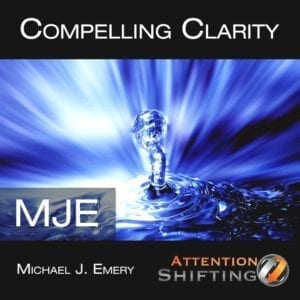


















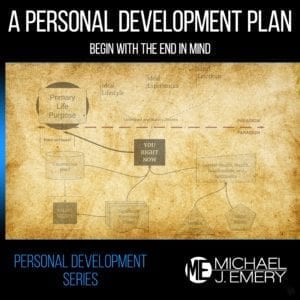

















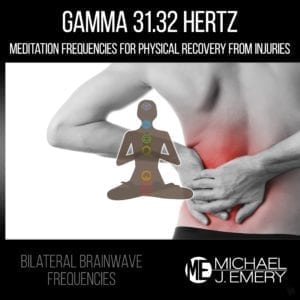














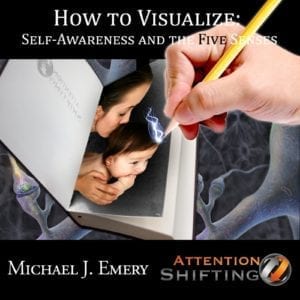















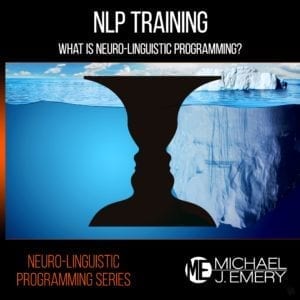






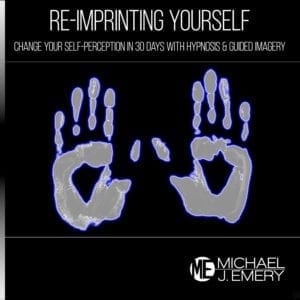












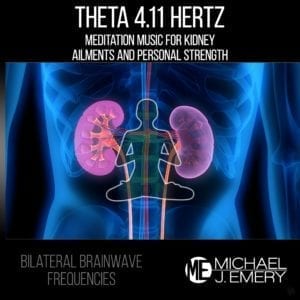




























Explore audio program categories utilizing the best techniques in neuro-linguistic programming, Ericksonian hypnosis, brainwave frequencies, and guided visualization.